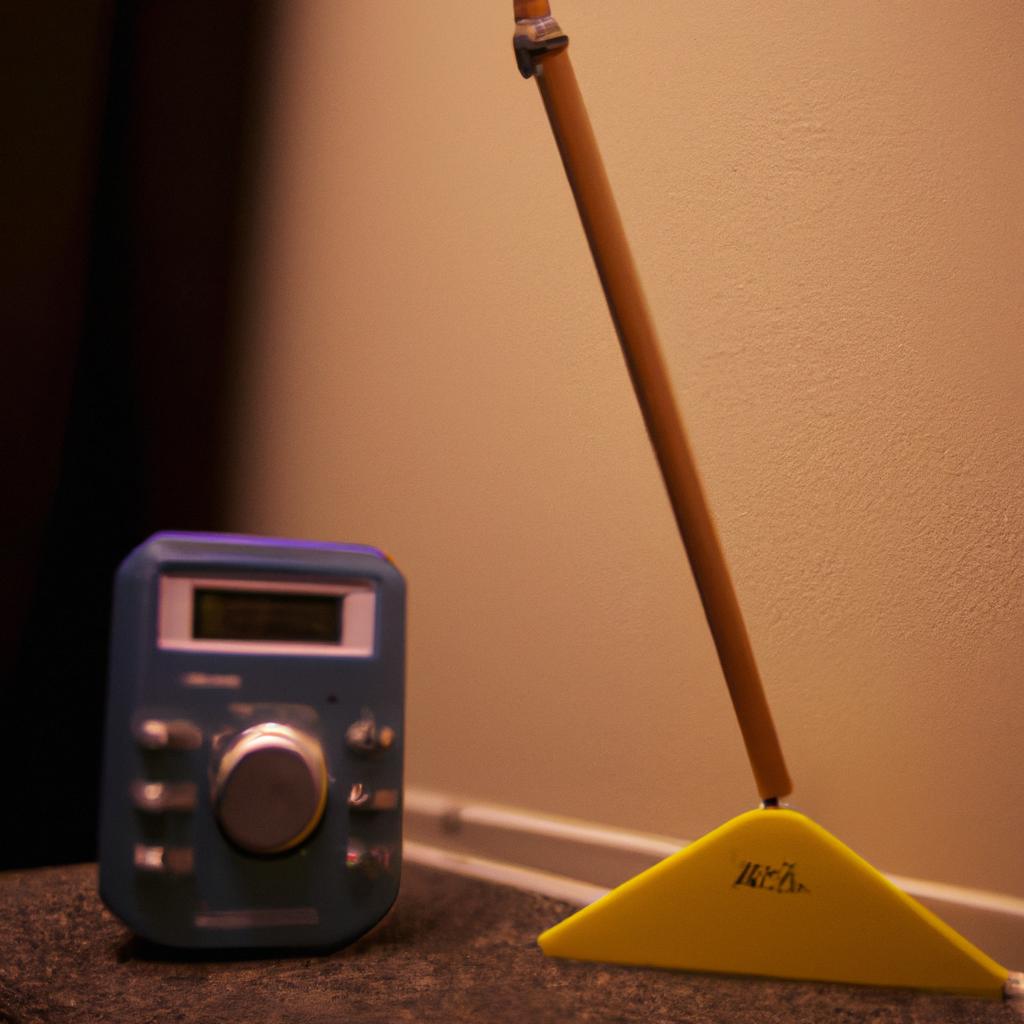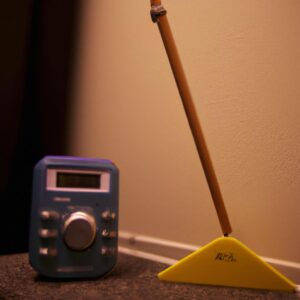Introduction to Music Theory
If you are a musician, learning music theory is one of the most important steps you can take on your musical journey. Whether you are just starting out or have been playing for many years, having a great foundation in Music Theory will help you become more creative with your instrument, understand what you are playing and allow you to express yourself musically much more easily.
This guide will provide a strong foundation in the basics of music theory for beginners. We will explore topics such as pitch and musical notation, intervals, chords and keys, rhythm and timing, and dynamics and expression. By the end of this guide, you will have a good understanding of these topics and be familiar with the basics of music theory.
Let’s get started!
Pitch and Musical Notation
Before we can start understanding music theory, it’s important to understand the fundamentals of what a pitch is and how it is represented in music notation. A pitch is essentially a sound of a certain frequency that can be described with higher or lower frequencies.
The two most common forms of musical notation are treble clef (or G clef) and bass clef (or F clef). The treble clef is primarily used for higher pitches while the bass clef is used for lower notes. Notes that are placed on each line or space of the staff represent a particular pitch.
Each line and space are also marked with a letter name that corresponds to a given pitch. For example the first line in the treble clef is marked with the letter “G” which stands for the note “G”.
It’s important to remember that these letter names refer to the note that is played when a particular line or space is played. For example, if you play the line marked with the letter “G”, the note you hear will be a “G”.
Knowing how to read notes on the staff is a key element of music theory and is a great starting point for any beginner. By learning how to recognize notes on the staff, you will be able to understand music theory more easily and ultimately unlock the secrets of playing an instrument!
Intervals
Intervals are the distances between two notes, whether they are sung or played on an instrument. In music theory, intervals are classified into categories based on the type of notes they comprise of, as well as the distance between them in terms of half-steps (half-step = 1 fret or key on a piano). A half-step is the smallest interval, and a whole-step is two half-steps. The categories of intervals in music theory include perfect unison, minor seconds, major seconds, minor thirds, major thirds, perfect fourths, perfect fifths, minor sixths, major sixths, minor sevenths, major sevenths, and octaves.
Intervals are an important concept in music composition, as they are used to create melodies and harmonies. A melody consists entirely of intervals, while a chord is created by overlapping intervals. Recognizing intervals can be a difficult skill to master, especially at the beginning, and practice is often needed to become more familiar with their sounds.
In addition to creating melodies and chords, recognizing intervals can also be helpful when improvising, transposing, and transcribing music.
Chords and Keys
When it comes to playing music, chords and keys are essential elements that help create musical phrases. A chord is simply a collection of three or more notes played together. Chords can be constructed by combining different intervals, such as a major third and a perfect fifth. When more than one chord is played in succession, it creates a key area. The primary key areas in music theory are major and minor. Keys are further divided into seven modes, which are each based on the major scale notes.
In addition to the primary key areas, there are also secondary keys, which are related to the main keys but have subtle differences. These secondary keys can be used to create different feelings and textures in the music. By understanding both primary and secondary keys, you can create interesting modulations throughout your compositions.
Understanding how to construct and use chords and keys is a crucial part of building a strong foundation in musical concepts. It may take some practice to fully learn how to identify them, but with enough practice you will be able to recognize chords and keys easily.
Rhythm and Timing
When it comes to music theory, understanding rhythm and timing is essential. Rhythm is how long and short sounds are combined to create a pattern, and timing is the placement of those sounds in a measure. Note values are used to explain the length of time for each sound, while meters are used to explain how many beats are in each measure or phrase.
Different types of note values are used to create rhythms in a piece of music. The most common note values are whole notes, half notes, quarter notes, eighth notes, and sixteenth notes. Whole notes last for four beats, half notes last for two beats, quarter notes last for one beat, eighth notes last for half a beat, and sixteenth notes last for a quarter of a beat. Notes can also be divided into even smaller portions like thirty-second notes and sixty-fourth notes, but these are not as commonly used.
Beats are usually grouped together into measures, with each measure containing a certain number of beats. For example, a 4/4 meter has four beats per measure, a 3/4 meter has three beats per measure, and a 6/8 meter has six beats per measure. When counting out beats, it’s important to start on the first beat and count up to the last beat. This will help you keep the rhythm of the piece consistent.
Once you get the basics of rhythm and timing down, you can start to experiment with more interesting elements. This includes adding accents on certain beats, playing with syncopation, and creating polyrhythms. You can also play around with different time signatures and tempos to add variety to the piece.
Dynamics and Expression: Bringing Music to Life
Dynamics and expression are two key musical elements that help shape the sound of any song or piece of music. Dynamics refer to the overall volume of sound, which is determined by how loudly or softly a musician plays the different parts of the melody. Expression refers to the subtleties in playing such as articulation, vibrato, and note bending, which add nuance and emotion to a piece of music.
The dynamics of a piece of music can tell a story all on its own. A sudden change to a loud dynamic can signify an exciting part of the song, whereas a softer, more subtle dynamic can signal a relaxed, peaceful moment. By changing the dynamics of a piece throughout, the musician can create a dynamic range of sound and emotion that helps draw listeners into the music.
Using expression in a piece of music can also add to the emotional feel of the tune. Articulation is when a note is articulated differently than normal, either by accenting it, playing it staccato, or articulating it with a legato style. Vibrato is a fluctuation of pitch usually achieved by finger tremolo, while bending notes is when a guitar or saxophone player bends up to a higher note in order to bring out the emotion of the song.
By combining dynamics and expression, musicians can create a stunningly unique interpretation of any piece of music. Together, these two elements are an essential part of creating a captivating performance and connecting with an audience. As a beginner, it is important to take some time and understand the fundamentals of dynamics and expression in order to build strong foundations for future growth.
Conclusion: Constructing a Strong Foundation in Music Theory
To conclude, musical theory provides a strong foundation to learning and understanding the complexities of music composition. Learning the basics of pitch and notation, intervals, chords/keys, rhythm/timing, dynamics/expression gives one a better understanding for how to read music and compose with more purpose and clever techniques.
For those looking to broaden their knowledge further, there are plenty of resources online to help, from tutorials, podcasts and podcasts to online courses, books and music workshops. Dedication and an open mind are the key for anyone wanting to be able to convey their musical ideas effectively.
We hope that this introductory guide on music theory was insightful and geared you on the right path towards achieving your goals as a musician.
comments: 0

